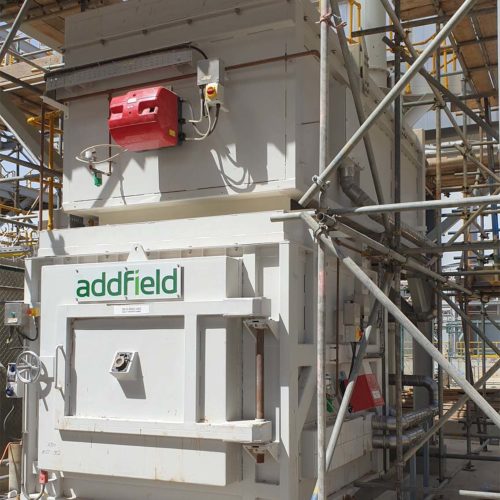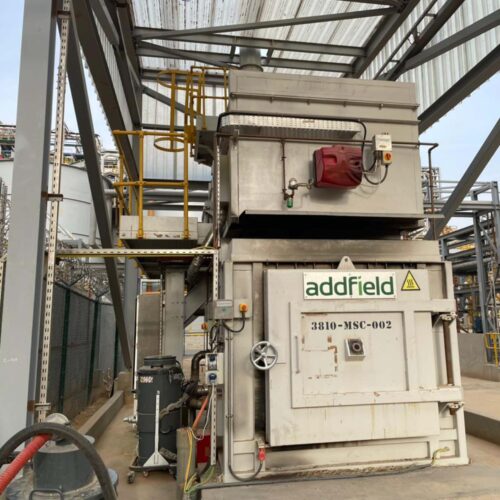In some of the most remote locations, under some of the harshest environments, have you considered how to manage some of the most hazardous waste types generated through the process of mining?
Cyanide is one of the most toxic elements generated from mining gold. This case study explores one of the largest gold mines in the world and how they manage it.
Gold may be the last thing that you think of when considering the uses of incineration. Found everywhere, from Jewellery to hidden deep inside your smartphone, we all know that Gold is mined, but what is not such common knowledge is the processes involved in extracting the gold cleanly from the land.
Incineration is actively used on many mining (and oil and gas) sites, typically to manage the waste generated from day-to-day operations. This ensures the operation can adhere to its own environmental credentials but also those placed upon it typically governed by its operating permit.
Incineration, in this case, was specifically used to contain cyanide.
Addfield was approached in 2020 by a consulting company to develop a solution for safely disposing of the cyanide remnants left over at the end of the extraction process.
Installed the Middle East for one of the regions leading mining operations once again, this solution is unlike any we have produced previously. The process that the machine will be working alongside is called Gold Cyanidation.

The reason that Cyanide is used in modern mining is that it easily combines with the metals helping separate them from the ore. This is known as leaching and can be completed either by Heap Leaching, where a sodium cyanide solution is sprayed across heaps of crushed ore, which will then dissolve the gold into a solution that trickles down into collection pads which can be stripped of the gold. This can then be resprayed onto the ore once more until all the gold is extracted.
Alternatively, there is Vat/Tank leaching, mixing the ore with a cyanide solution directly into huge tanks. Both of these approaches create multiple forms of solid waste that need to be disposed of safely, this is where incineration comes in. Due to the fact that Cyanide is a highly toxic solution that can have devastating impacts on the environment if left untreated.
The Gold Mine Incinerator is designed to further destroy as best as possible, any remaining cyanide-contaminated waste generated in the process of mining. In this instance, the unit was developed exclusively for disposing of used 1m3 FIBC bags which are used for transporting the cyanide for safe disposal. Even after depositing and thorough washing, there is still a leftover residue of cyanide which simply is not safe to return to the environment. Therefore these bags are packaged up into wooden crates before the bags and crates are burned in the incinerator. These are loaded without direct user interaction with a forklift.
Adhering to very strict guidelines requires a machine unlike any other. With a focus on the containment of cyanide waste. This has been another highly innovative project for us, taking the incineration industry into new realms and proving once again the environmental benefits that only incineration can deliver. Another example of the capability of our highly experienced team to design, manufacture and deliver truly one-of-a-kind incinerators.







